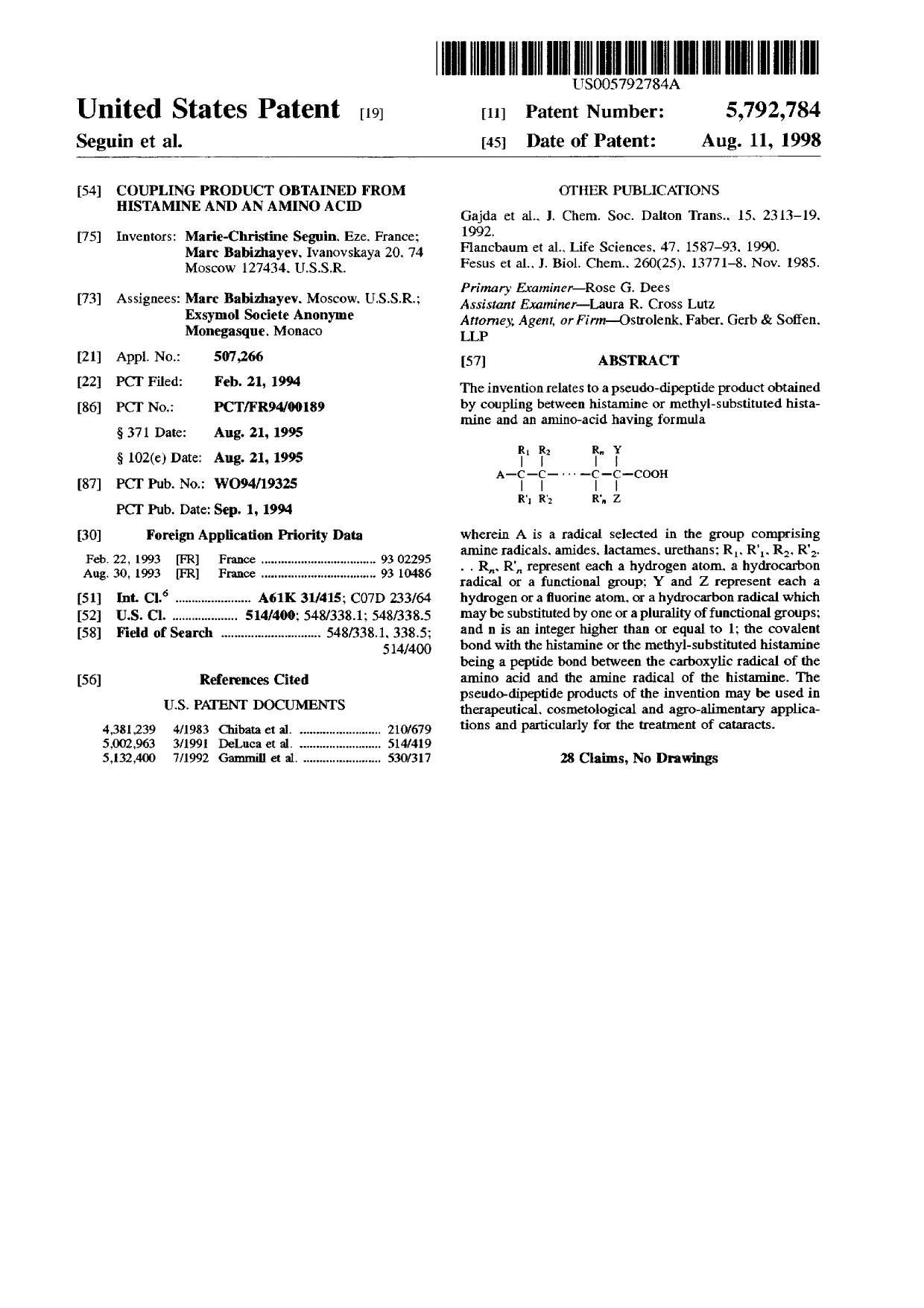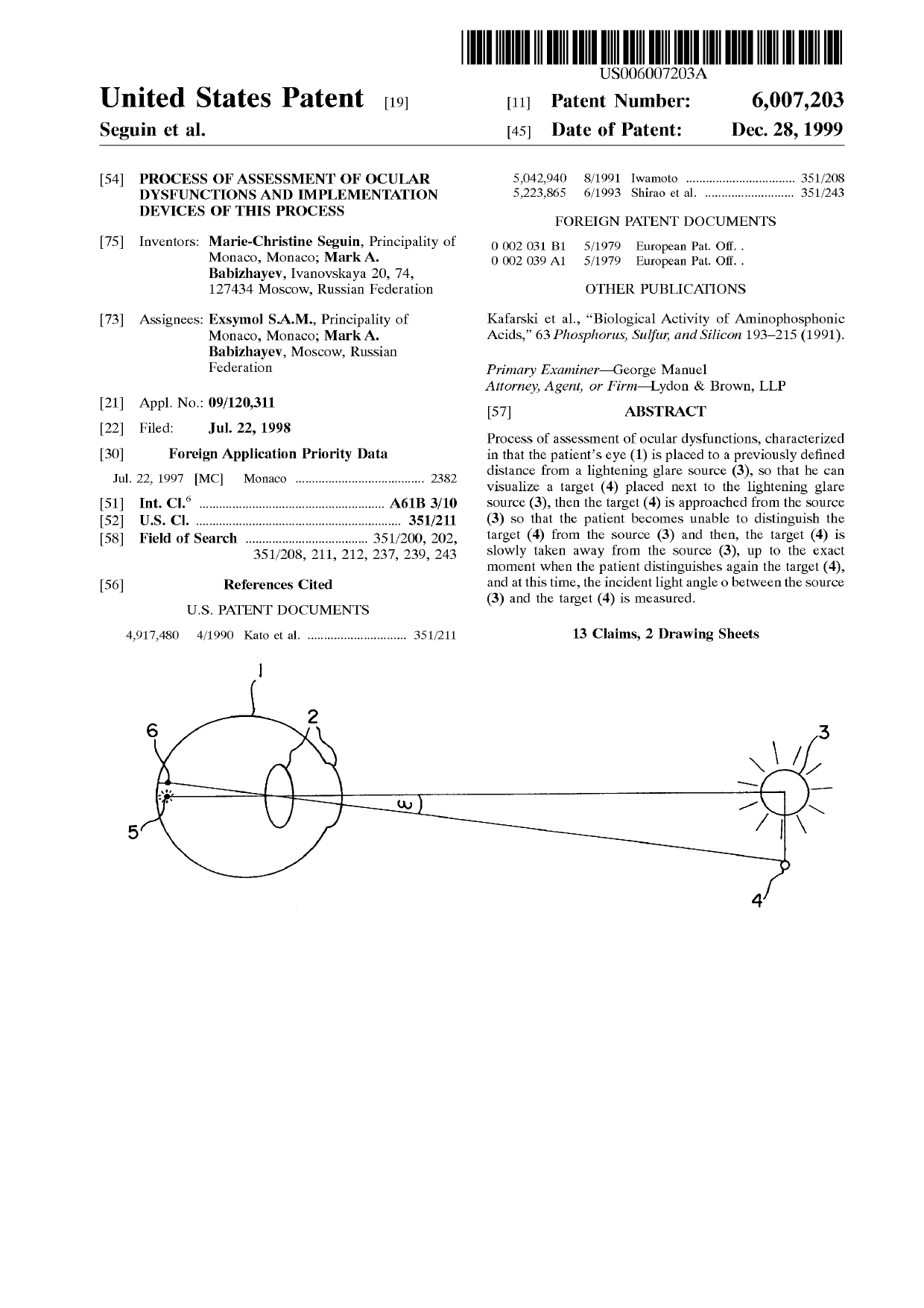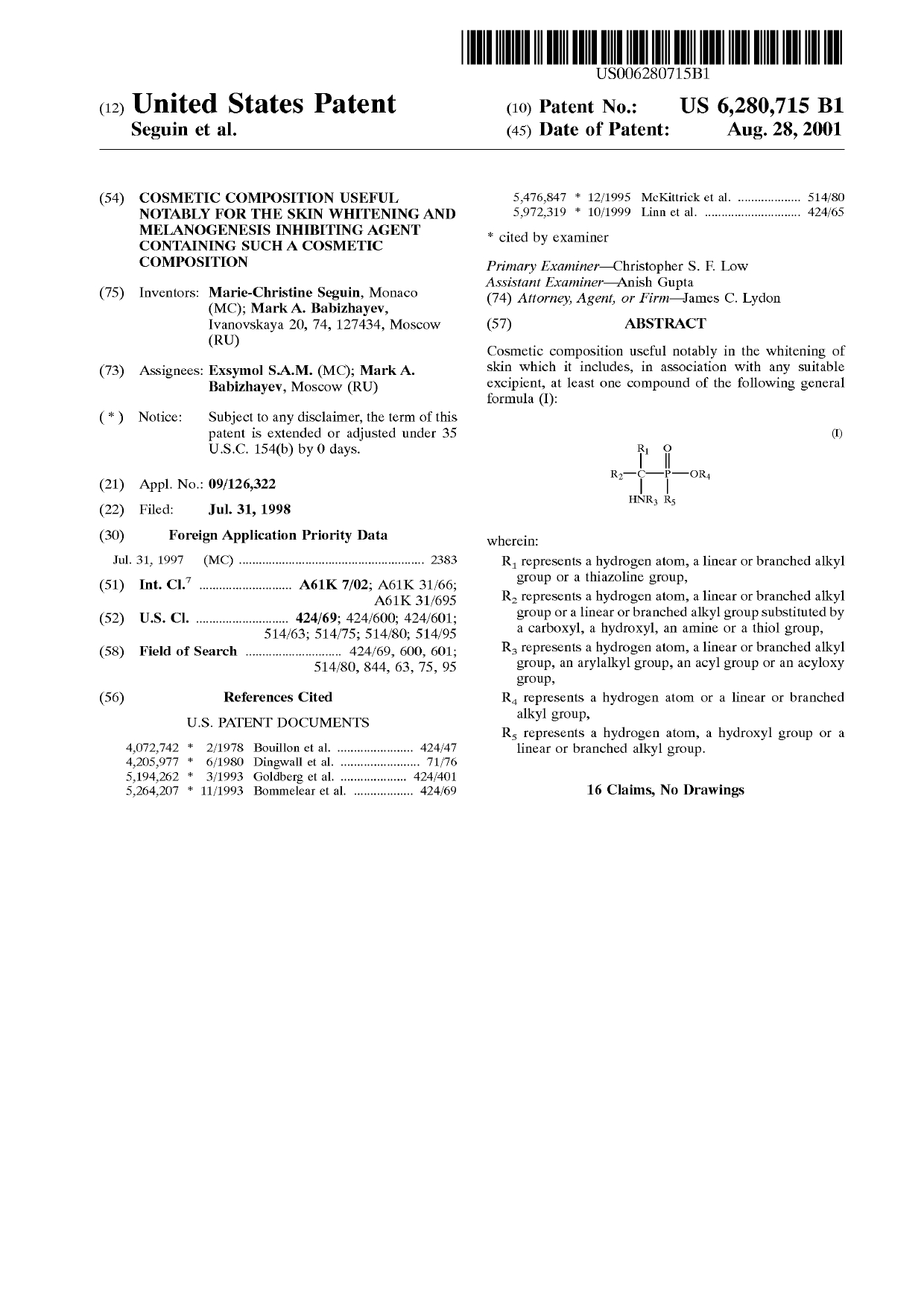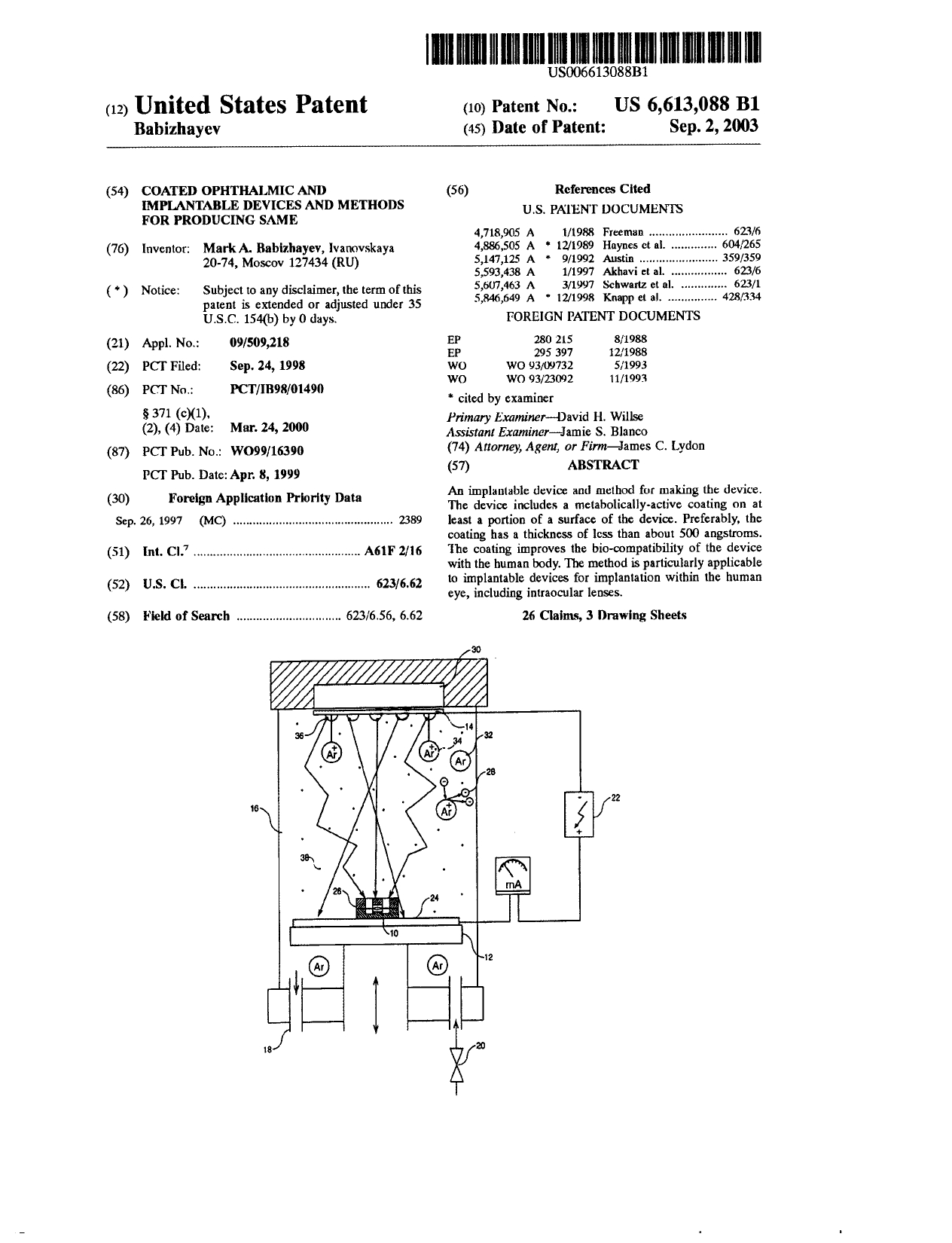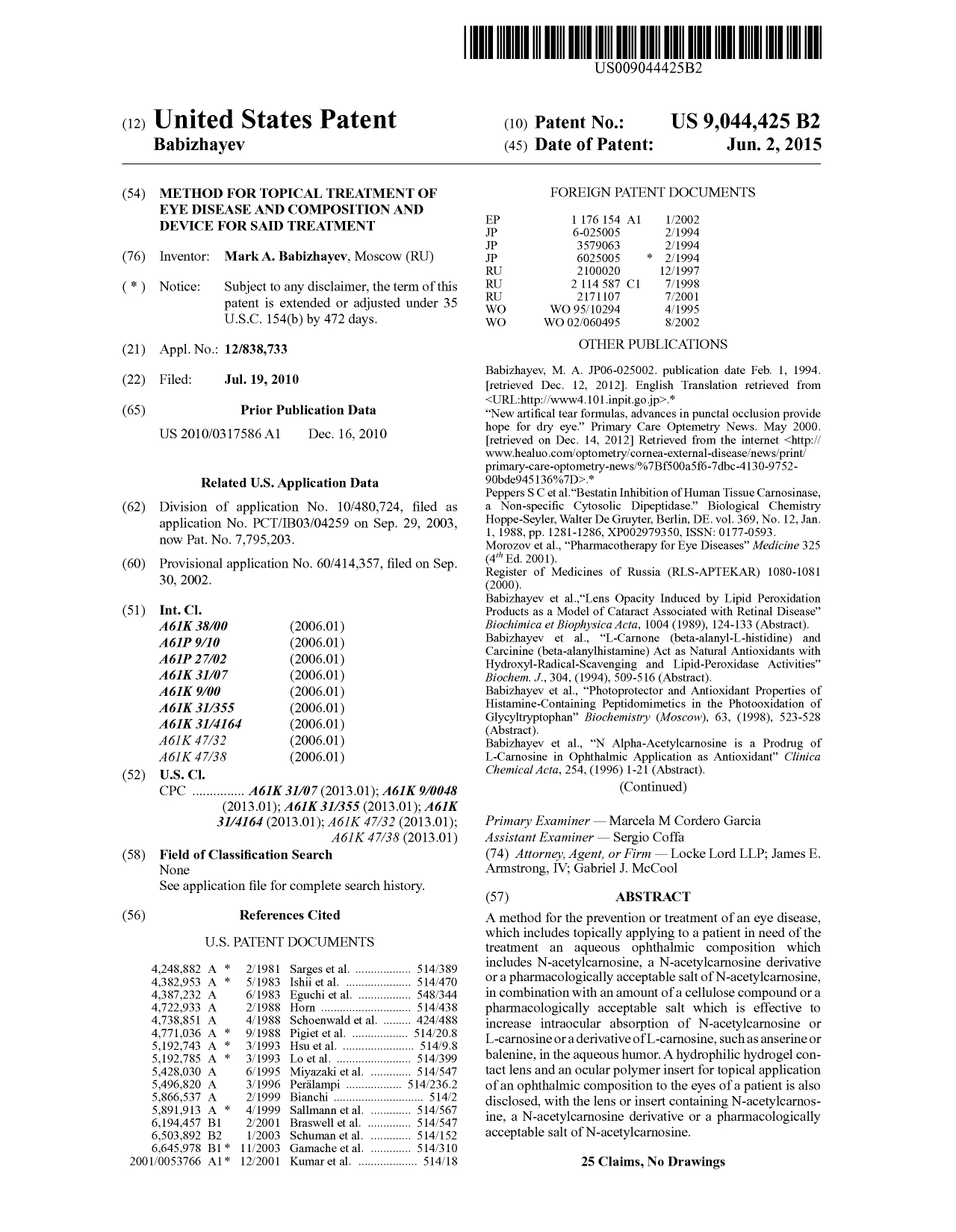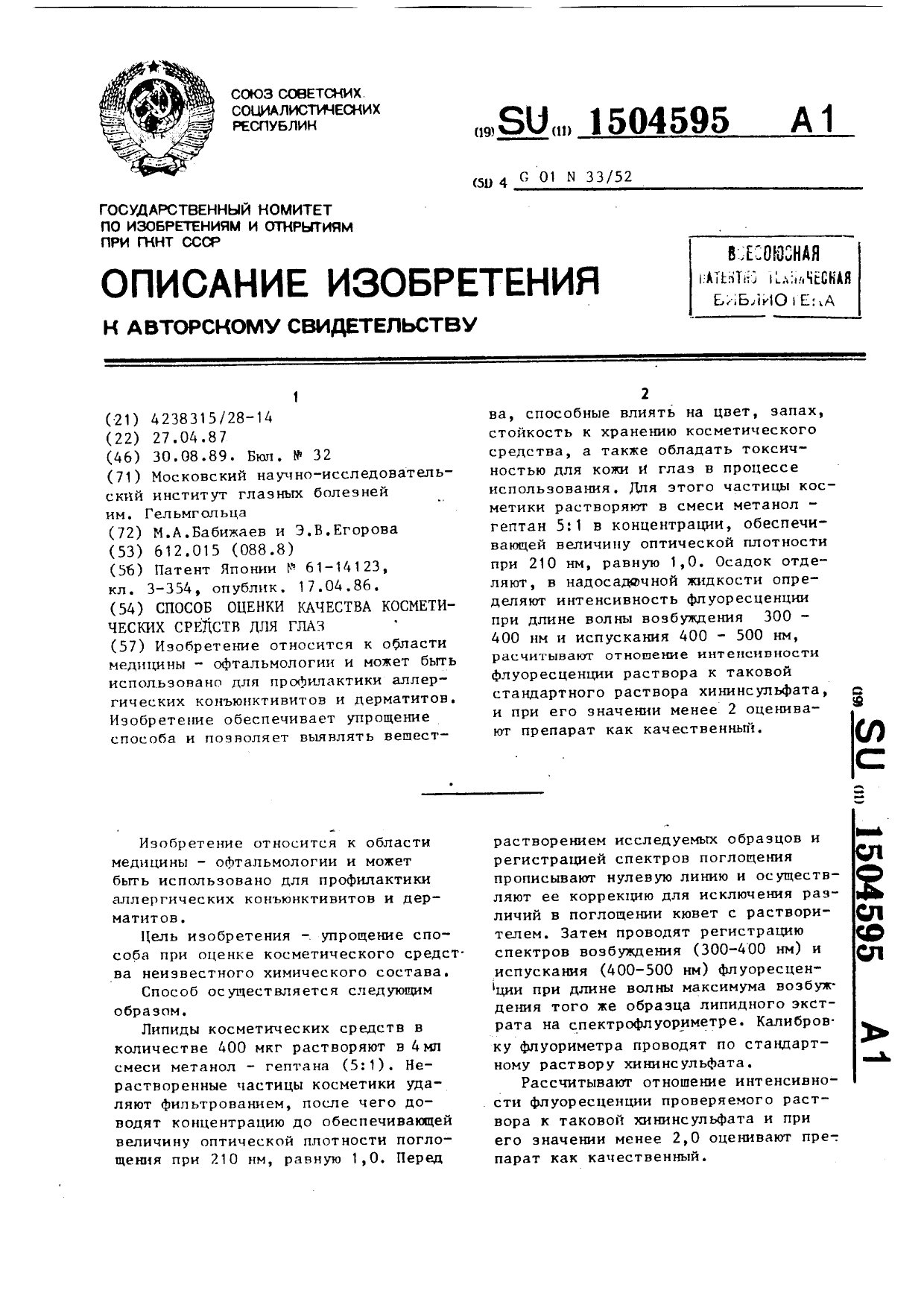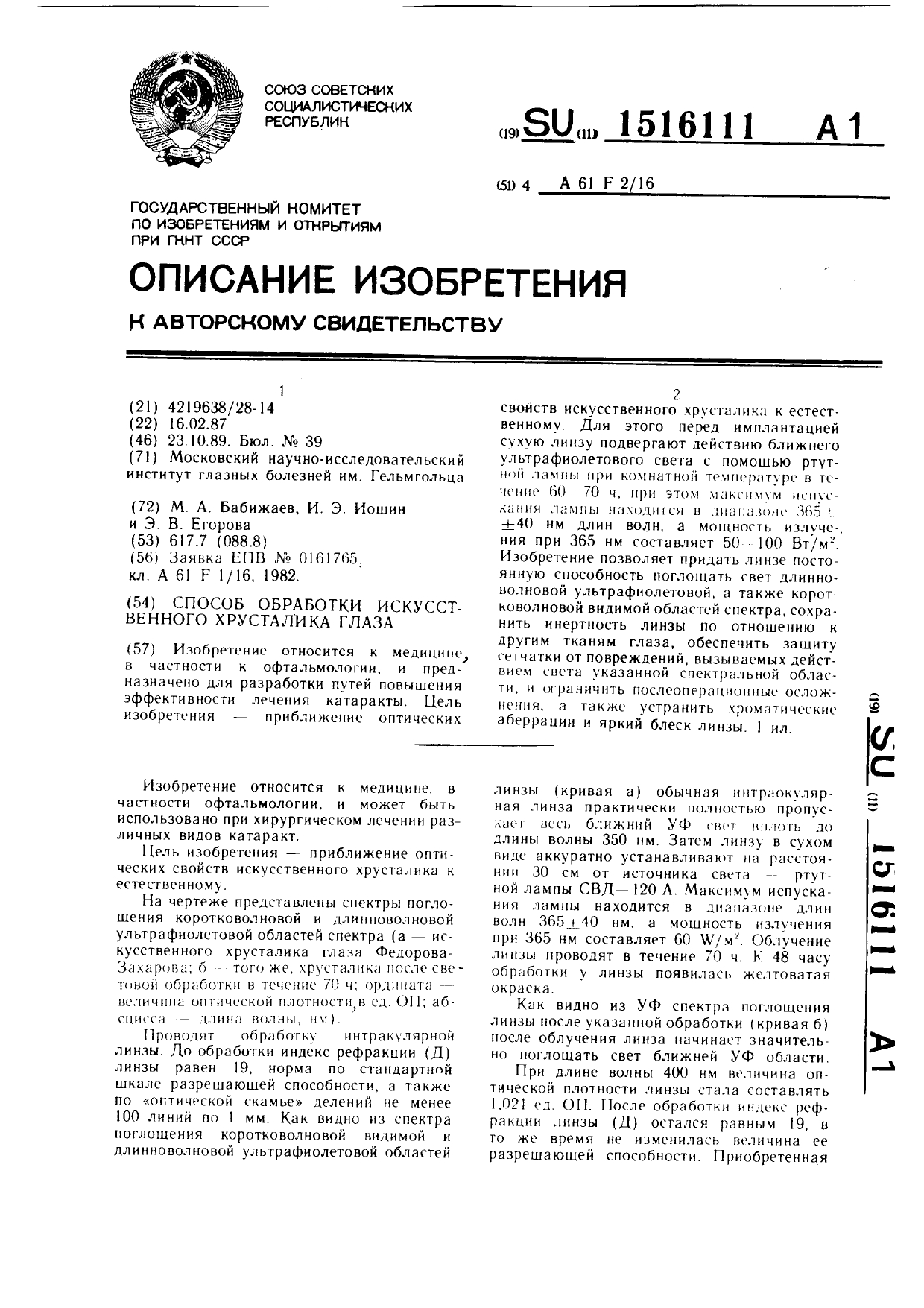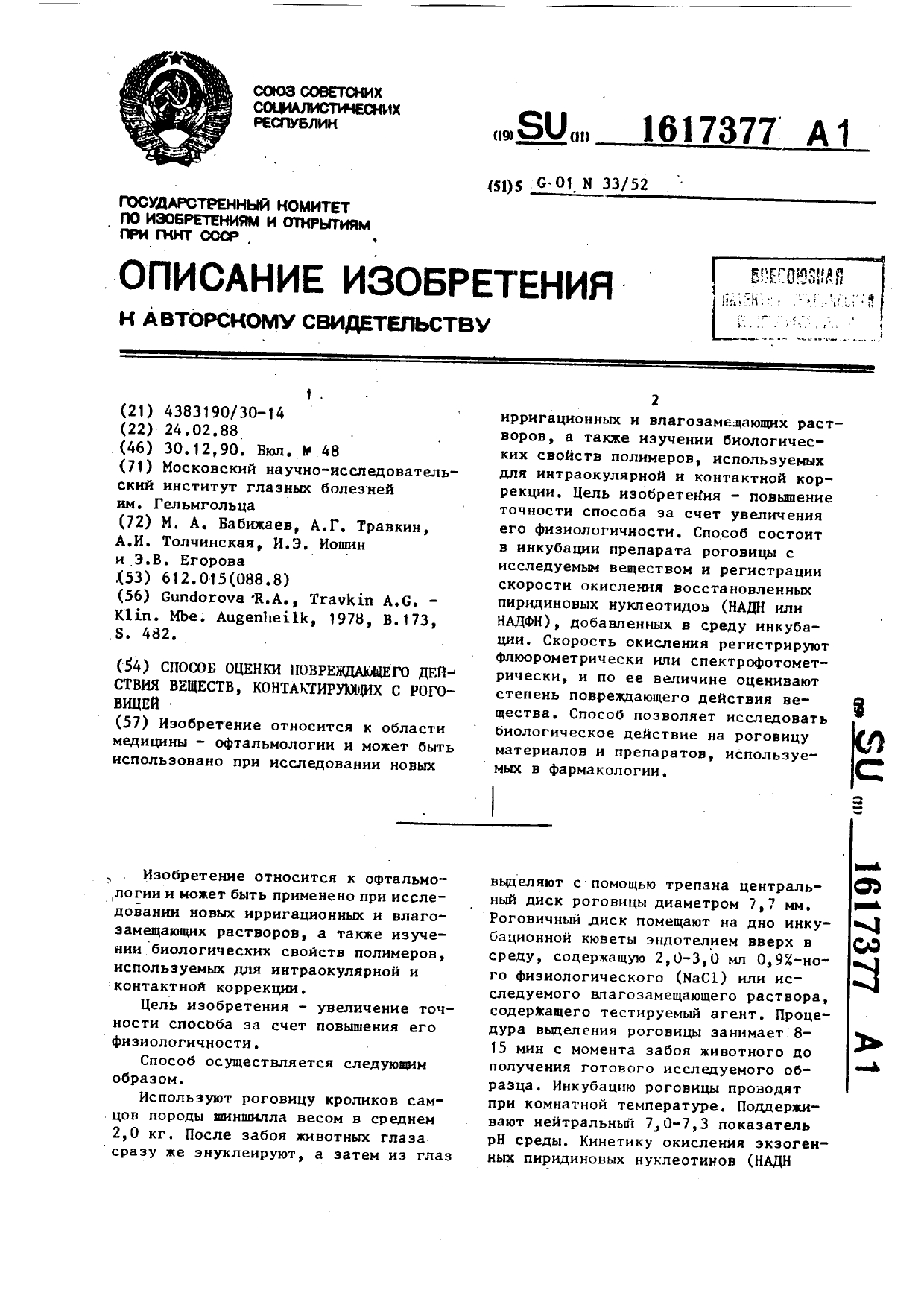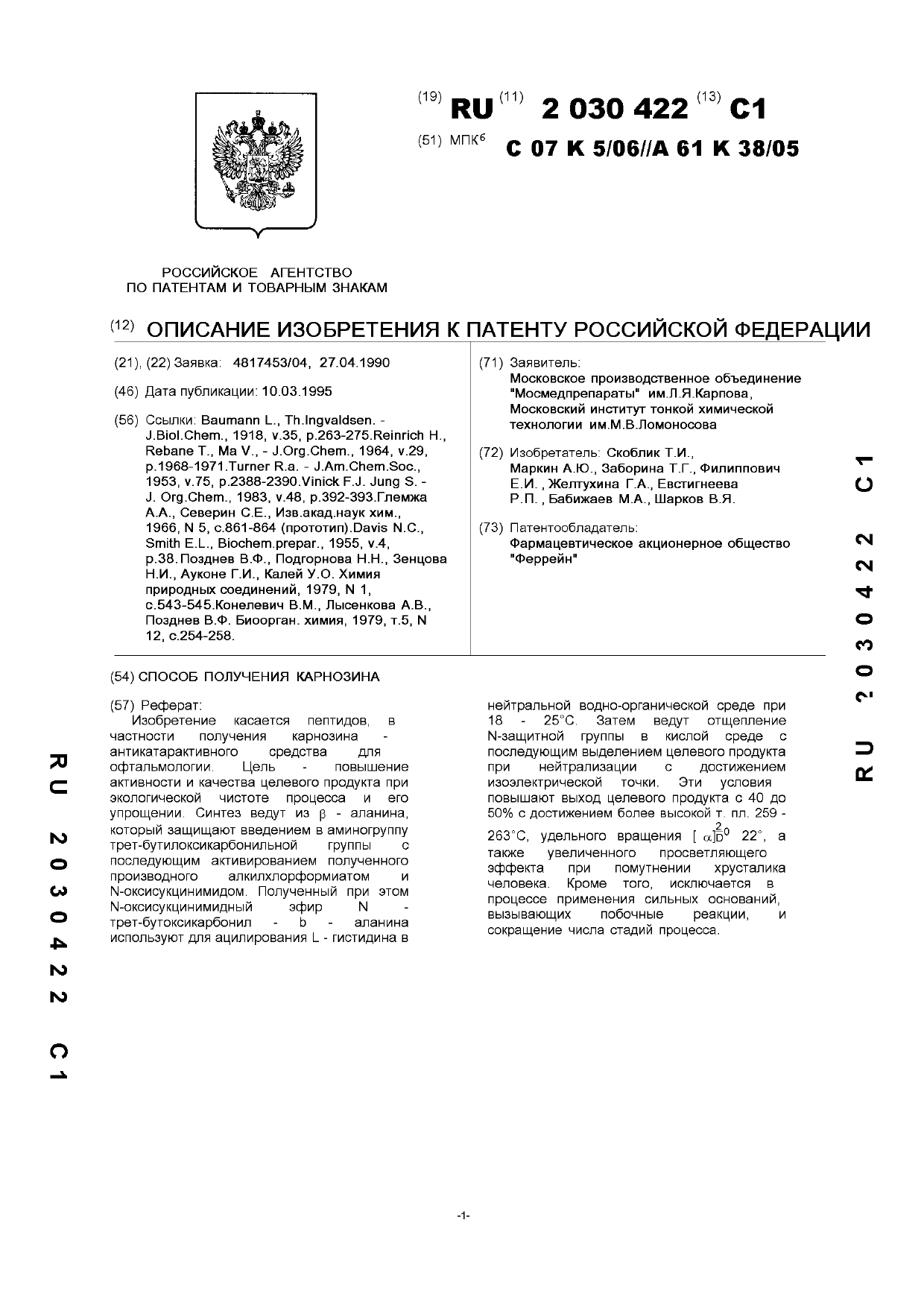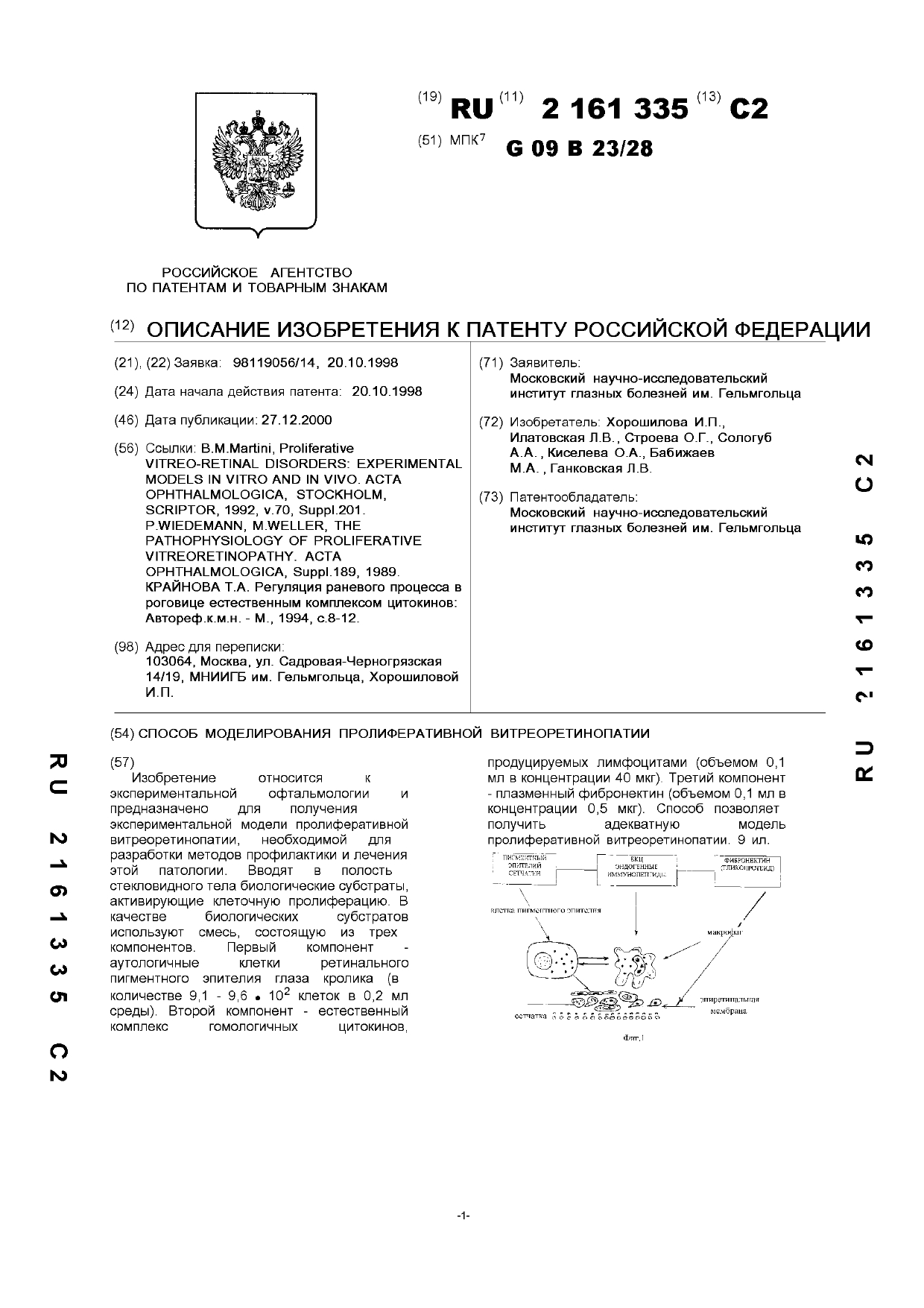Patents
Combined use of a carnosinase inhibitor with L-crnosinne or its related substance and a composition contanninng the same
The present invention provides combined use of a carnosinase inhibitor with L-carnnosine and its related substance, and a composition containing the same, which are useful for treatment or prevention of various diseases, improvement of health conditions, improvement of skin health, prevention of the side effects of alcohol drinking and the like in mammals including human.
Coupling product obtained from histamine and amino acid
The present invention relates to histamine-derived pseudo-dipeptide products and more particularly to a coupling product between histamine or methyl substituted histamine and an aminoacid. Its way of preparation and its applications as an active principle on the therapeutic and cosmetologic field or as an agent improving the stability of formulations in the therapeutic, cosmetologic or agro-alimentary field, and particularly for the treatment of cataracts.
Process of assessment of ocular dysfunctions and implementation devices of this process
Process of ocular dysfunctions, characterized in that the patient’s eye is placed to a previously defined distance from a lightening glare source, so that he can visualize a target placed next to the lightening glare source, then the target is approached from source so that the patient becomes unable to distinguish the target from the source and then, the target is slowly taken away from the source, up to the exact moment when the patient distinguishes again the target, and at this time, the incident light angle between the source and the target is measured. The invention concerns a new process of assessment of ocular dysfunction, and the application of this process to measure the ocular media opacities and to control the retinal functions, and implementation devices of thus process.
Cosmetic composition useful notably for the skin whitening and melanogenesis inhibiting agent containing such a cosmetic composition
Cosmetic composition useful notably in the whitening of skin which it includes, in association with any suitable excipient, at least one compound of the general formula. The present invention relates to a cosmetic composition notably useful for the skin whitening, containing a compound of the general formula, in association with any suitable excipient, the present invention relates also to a melanogenesis inhibiting agent containing such a cosmetic composition.
Coted ophthalmic and implantable devices and methods for producing same
An implantable device and method for making the device. The device includes a metabolically-active coating on at least a portion of surface of the device. The present invention relates to devices that are adapted for implantation within the human body and methods for making such devices. More particularly, the present invention relates to a method for coating such devices and the devices coated thereby, wherein the coating increases the bio-compatibility and medical usefulness of the device.
Method for topical treatment of eye disease and composition and device for said treatment
A method for the prevention or treatment of an eye disease, which includes topically applying to a patient in need of the treatment an aqueous ophthalmic composition which includes N-acetylcarnosine, a N-acetylcarnosine derivative or a pharmacologically acceptable salt of N-acetylcarnosine, in combination with an amount of a cellulose compound or a pharmacologically acceptable salt which is effective to increase intraocular absorption of N-acetylcarnosine or L-carnosine or a derivative of L-carnosine. Such as anserine or balenine, in the aqueous humor. A hydrophilic hydrogel contact lens and an ocular polymer insert for topical application of an ophthalmic composition to the eyes of a patient is also disclosed, with the lens or insert containing N-acetylcarnosine, a N-acetylcarnosine derivative or a pharmacologically acceptable salt of N-acetylcarnosine
A method to assess the effectiveness of the action of substances, which are changing the transparency of the lens
The invention relates to ophthalmology, and is intended for the pathophysiological and experimental study of the lens by comparing its optical properties before and after exposing the lens to a chemical substance. The optical density of various zones of the lens is determined, the areas of zones with a given value of optical density are measured, their distribution is estimated, and the share of each zone is established in the total opacity area. The efficiency criterion of the substances action shall be the change of the areas proportion with the maximum values of optical density with a simultaneous redistribution of the lens zones with a given value of optical density.
Method for assessing the quality of eye cosmetics
The invention relates to ophthalmology, can be used for the prevention of allergic conjunctivitis and dermatitis. To assess the quality of a cosmetic for the eyes, it is dissolved in methanol-heptane mixtures, the precipitate is separated, and the fluorescence intensity is determined in the supernatant. Is calculated the ratio of the fluorescence power of the resulting solution of corescence of the standard solution of quinine sulfate.
Method of the artificial eye lens processing
The purpose of the invention is to make the optical properties of the artificial lens similar to the natural ones. The invention makes it possible to impart the lens a constant ability to absorb light in the long-wavelength ultraviolet and short-wavelength visible regions of the spectrum. It helps to preserve the inertness of the lens in relation to other eye tissues, to protect the retina from damage caused by the action of light in the specified spectral region, to eliminate chromatic aberrations and bright lens shine.
Method for assessing the damaging effect of substances in contact with the cornea
The investigation of biological effects of materials and preparations, irrigation and moisture-substituting solutions and the biological properties of polymers, used for intraocular and contact correction, on the cornea. The method consists in incubating a corneal preparation with a test substance and recording the rate of oxidation of reduced pyridine nucleotides (NADH or NADPH), added to the incubation environment.
Device for holding intraocular lenses during their light treatment
A device for holding intraocular lenses during their light treatment, comprising a frame with a lens attachment installed therein. In order to prevent a degradation of the polymer material of the lenses, the frame is sealed and has inlet and outlet holes for the blowing agent. While the front panel of the frame is made of quartz glass, and the lens mount is in the form of a plate with holes whose diameter is less than the diameter of the support area of elements of the intraocular lenses.
Method for the treatment of primary open-angle glaucoma
At the treatment of primary open-angle glaucoma by introducing an adrenergic agent into the eye, in order to increase the ease of the outflow of intraocular fluid in the initial or advanced stages of the disease, taurine is injected into the eye before the adrenergic agent is injected.
Method of synthesis of carnosine
Method of the carnosine synthesis for use in ophthalmology. Its synthesis is carried out from β-alanine amino-group, which is protected by addition of tert-butylhydroxycarbonyl-group, followed by the activation of prepared derivative with alkylchloroformate and N-hydroxysuccinimide. N-tert-butoxycarbonyl-b-alanine N-hydroxysuccinimide ester is used to acylate L-histidine followed by isolation of the final product by neutralization at an isoelectric point.
Method for modeling proliferative vitroretinopathy
Introducing biological substrata into the vitreous body cavity activating cell proliferation. Mixture composed of three ingredients (autologic retina pigment epithelium cells of rabbit eye, a natural complex of homologic cytokins, produced by limphocytes, and a homologic plasma fibronectin) is used as the biological substrata.
Method for influencing aqueous humor discharge in the cases of primary open angle glaucoma
The invention relates to ophthalmology and is intended to affect the outflow of aqueous humor in the patients with primary open-angle glaucoma. The difference of the method is that at the first stage an antihypertensive agent is administered by instillation, and after 20-30 minutes emoxmipin eye drops twice a day are administered for 4-8 weeks, after 2-3 months the course of treatment is repeated.


